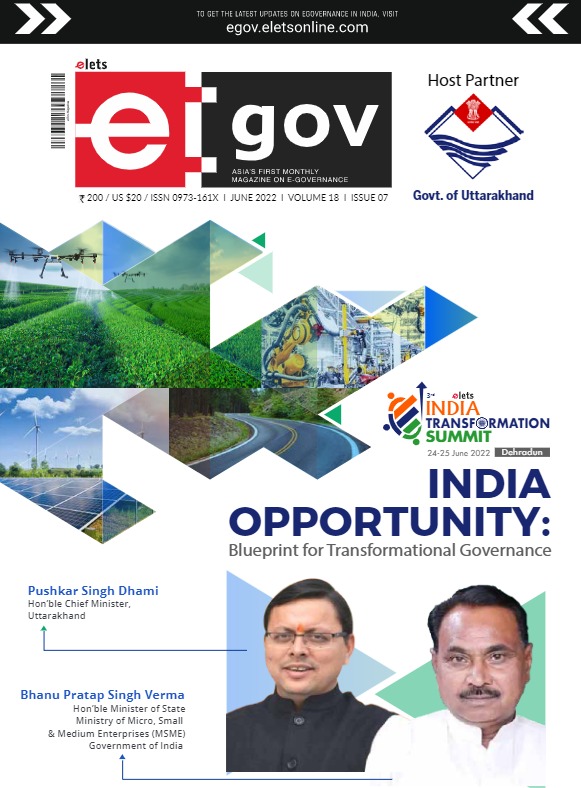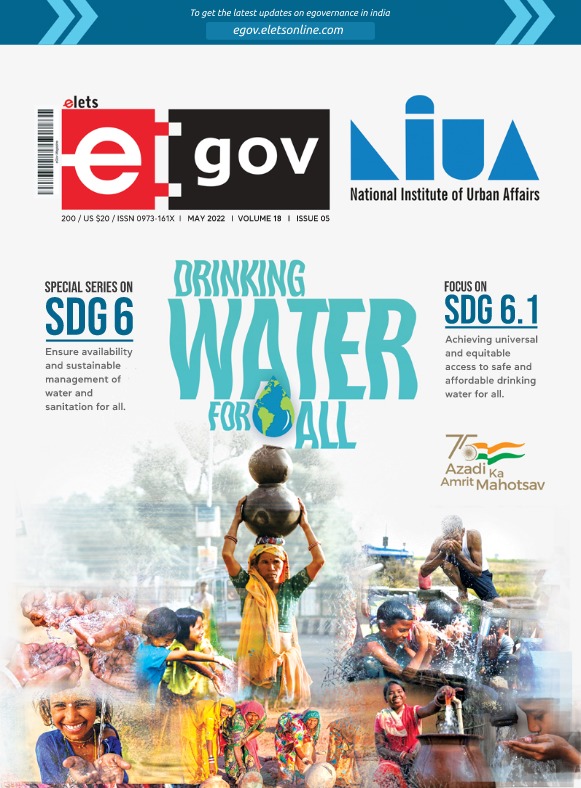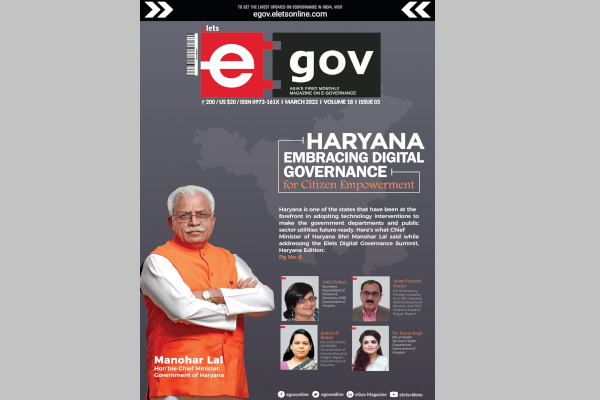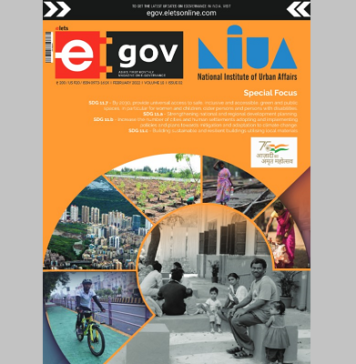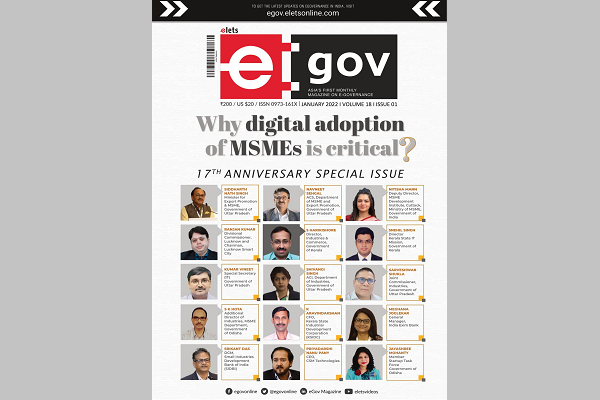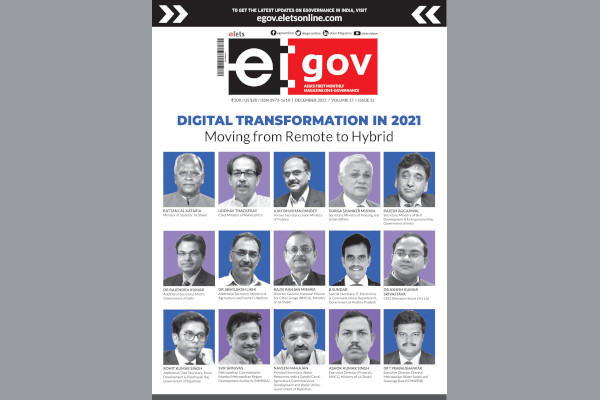
In July 2015, the Government of India embarked on an ambitious ‘Digital India’ programme to transform the country into a “digitally empowered society and knowledge economy”. For the past four years, this flagship programme is being driven by three important visions, writes Vivek Ratnakar of Elets News Network (ENN).
Digital infrastructure as a core utility to every citizen,” “Governance and services on demand” and “Digital empowerment of citizens,” are these three visions. According to Prime Minister Narendra Modi, Digital India initiative is a war against touts and middlemen. The programme includes projects that aim to ensure that government services are available to citizens electronically and people get benefit of the latest information and communication technology. The network of about 300,000 Common Service Centres (CSCs) built under this initiative act as access points for delivery of digital services, ensuring that “the advantages of technology are not restricted to a select few but are there for all sections of society”. For Misbah Hashmi, who hails from Yamuna Nagar, Haryana, the CSC near her home has changed her life forever.
“At my Centre, a wide range of Government and other services like banking, insurance and pension related issues can be availed,” she told the Prime Minister while interacting with him online on the 4th anniversary of Digital India programme. With millions of beneficiaries under this ambitious programme witnessing their life getting transformed as their opportunities to obtain employment or staring a new business have grown many fold in the past few years, the government has achieved a significant milestone. A digitally empowered India will be in a better position to reap the economic benefits too. According to a new research by Microsoft and International Data Corporation (IDC), by 2021 digital transformation will add an estimated $154 billion to India’s GDP and increase the growth rate by 1 percent annually.

While in 2017, about 4 percent of the country’s GDP was derived from digital products and services using digital technologies such as mobility, cloud, Internet of Things (IoT) and artificial intelligence (AI), it is estimated that within the next four years, nearly 60 percent of India’s GDP will have a strong connection to the digital transformation trends. As per the United Nations E-Governance Index, India has climbed up 11 positions since 2014. The growth in e-governance transactions per day has also seen a significant increase from 9.64 million per day in 2014 to 86.8 million per day as on April 2018.
Building Infrastructure for Transparent Governance

Under the BharatNet Phase-1 project, over one lakh Gram Panchayats (GP) across the country were connected with high speed optical fibre network as per the declared deadline of December 31, 2017. Described as the world’s largest rural broadband project created on the mantra of “Create, Collaborate and Conquer”, the BharatNet project was planned to generate massive employment opportunities, both direct and indirect, in the country through delivery of highspeed broadband services in over 2.5 lakh villages benefitting more than 200 million rural Indians. The government has set the target of completing the 2nd phase of the project by March, 2019 to usher in a rural digital revolution. By June 2018, there were 117,319 gram panchayats connected through high-speed internet.
National Knowledge Network (NKN) is another step in the right direction to enable collaboration among researchers from different institutions. NKN has the capability of grid-based computing. Some of the applications for grid-based computing include climate change/global warming, science projects like Large Hadron Collider, etc. In order to utilise and harness the benefits of Cloud Computing, Government of India has embarked upon an ambitious initiative – “GI Cloud” which has been named as ‘MeghRaj’.
The focus of this initiative is to accelerate delivery of e-services in the country while optimising ICT spending of the Government. This will ensure optimum utilisation of the infrastructure and speed up the development and deployment of e-governance applications. Initiatives like e-Sign (Electronic Signature Service) and Digilocker were launched in July 2015 to facilitate government officials, corporate excutives and common people to digitally sign an electronic document and securely store and share documents with service providers who can directly access them online.
Be a part of Elets Collaborative Initiatives. Join Us for Upcoming Events and explore business opportunities. Like us on Facebook , connect with us on LinkedIn and follow us on Twitter, Instagram.




